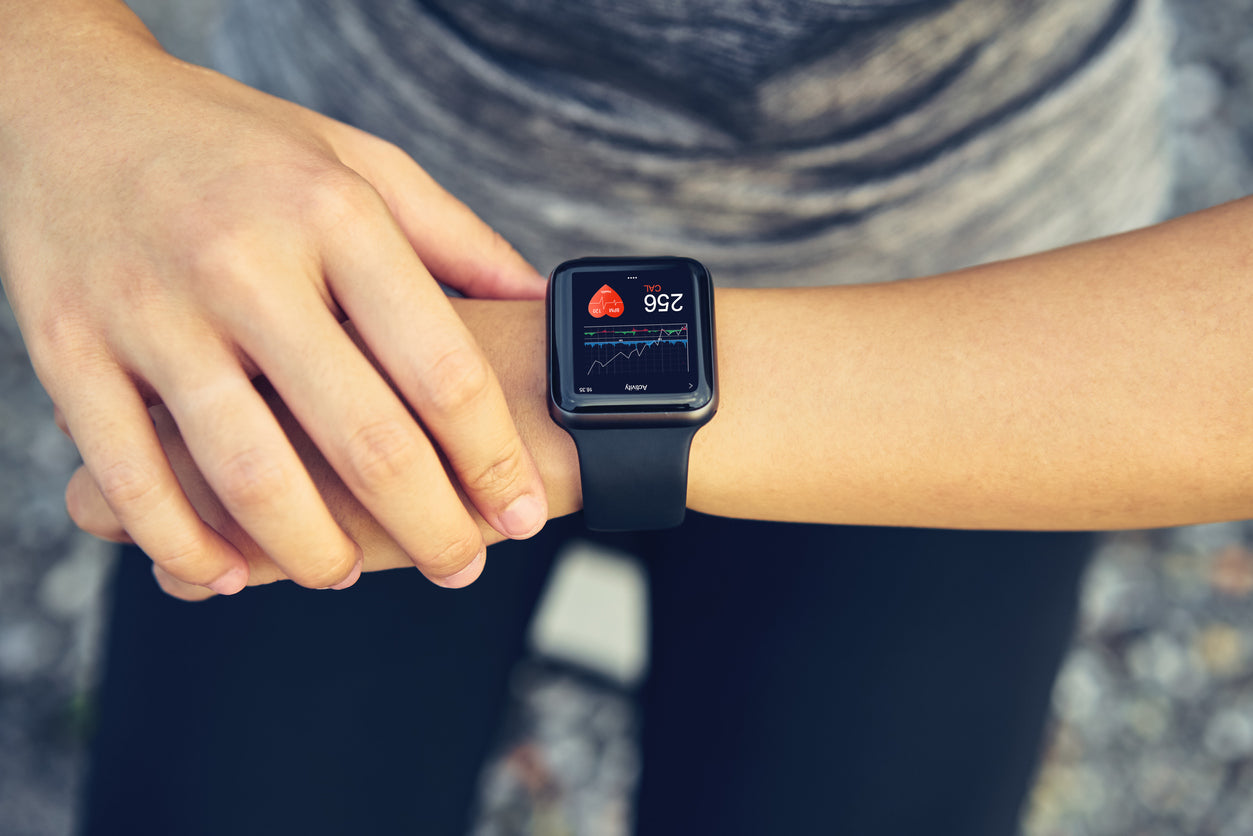Follow Your Heart

Let’s talk about the fat-burning heart rate. The fat-burning heart rate is the rate a person’s heart should beat per minute. Apparently, we get the best results if we reach a specific heart rate.
Of course, there are more factors we have to consider when we’re working out to lose weight. But first, let’s talk about the fat-burning heart rate.
The Fat Burning Heart Rate: What is it?
Our heart rate is a good indication of the intensity of the activity or exercise we’re doing. Our heart rate is typically 60 to 100 beats per minute in the sitting position or lying down. This is called a resting heart rate.
When we are active or exercise, our heart rate starts to elevate. Our maximum heart rate is the highest rate we can safely reach. That being said, it’s essential to know your maximum heart rate before jumping into high-intensity workouts.
Supposedly, the fat-burning heart rate falls between the extreme of resting and maximum. When we hit our fat burning rate, our body burns more stored fat than carbs and sugar. The result is people focusing on reaching their fat-burning zone during a workout to get rid of the most amount of fat.
How To Calculate Your Fat Burning Heart Rate
We’re going to have to get into a bit of math here as there is an equation used to find your maximum and fat-burning heart rate. Before we move on, it’s essential to note that these equations are unsuitable for children’s heart rates.
To find your maximum heart rate: subtrsct your current age from 220. If you’re 40, your maximum heart rate would be 180 bpm.
Calculating your fat-burning heart rate requires a bit more mathematics. We have to find the upper and lower limits. Our upper limit is 70% of the maximum heart rate, and the lower limit is around 50%.
Sticking to the 40-year example. A 40-year-old would have a fat-burning heart rate between 90 (50% of 180) and 126 (70% of 180) BPM.
Is Following Your Heart Effective?
There is some merit behind the fat-burning heart rate zone. However, a rapidly pounding heart is only a portion of it all. The idea of this heart rate zone is based on how our body burns fuel when we work out.
Typically, the higher our heart rate, the more fat our body burns as opposed to other sources of calories like carbs. An older study from 2009 includes that the optimal heart rate for burning fat is between 60.2% and 80%.
What it boils down to is our hearts should be pumping a bit harder than usual when we’re doing higher-intensity exercises. Our muscles are working hard, causing our blood to pump harder, and when you get that initial feeling, you know you’re on the right path for reaching your weight loss goals. One important key is to remain consistent with it.
Follow your heart and heart rate to help you get in shape. Make your better-body goals a reality.


